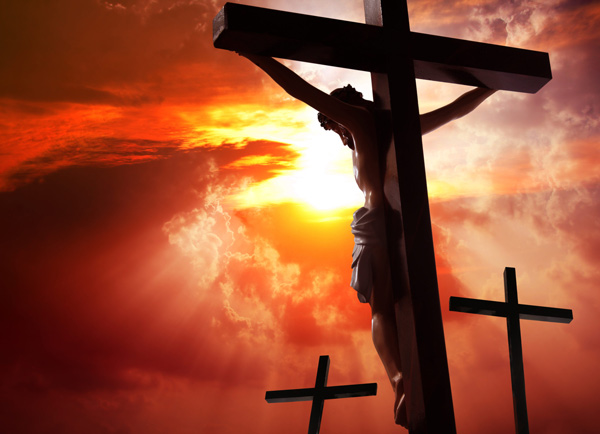Good Friday is the Christian commemoration of Jesus’ crucifixion and burial on Calvary. It is observed on the Friday preceding Easter. Every year during Holy Week, Good Friday is observed as part of the Paschal Triduum.
Good Friday is also known as Holy Friday and Glorious Friday. Good Friday, which is widely recognised as a legal holiday throughout the globe, varies from year to year on both the Gregorian and Julian calendars.
What is the historical context of Good Friday?
According to reports, the term Good Friday derives from the meaning of the word “good” as “religious, sacred.” Prior to 1955, the Catholic Church used the Latin term ‘Feria sexta in Parasceve’ (Friday of Preparation).
The name was abbreviated to Feria sexta in Passione Domini (Friday of the Lord’s Passion) when the new rite was instituted in 1970.
In German-speaking nations, Good Friday is typically referred to as Karfreitag, which translates to “Mourning Friday.”
The Legend
The origins of Good Friday can be traced back to when Jesus was apprehended by royal soldiers and sentenced to execution by crucifixion. According to the Bible, Jesus was crucified on Friday, which is why..
The day is commemorated and lamented by many Christians around the globe in remembrance of Jesus Christ’s crucifixion and death.
As the sacrifice of Jesus is viewed as a selfless act of compassion and affection for others, many Christians also engage in charitable activities or perform community service on Good Friday.
Hours of Pain
The Three Hours’ Devotion, which is based on Jesus’ final seven utterances, begins at noon and concludes at 3pm, the time Christians believe Jesus died on the cross.






